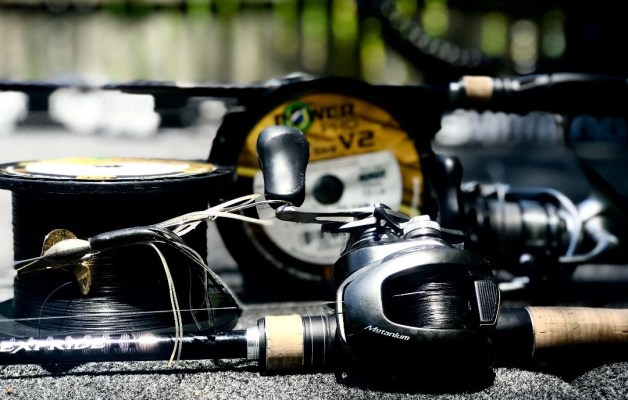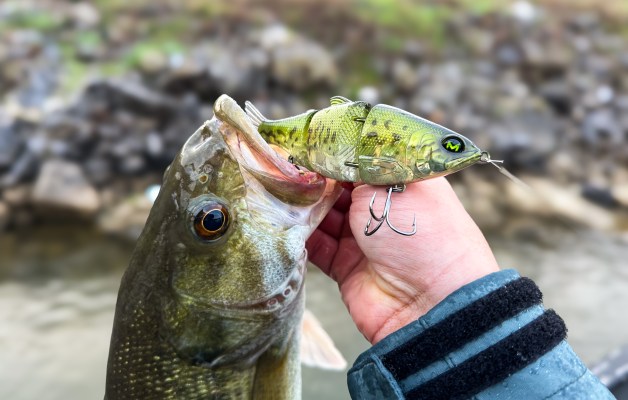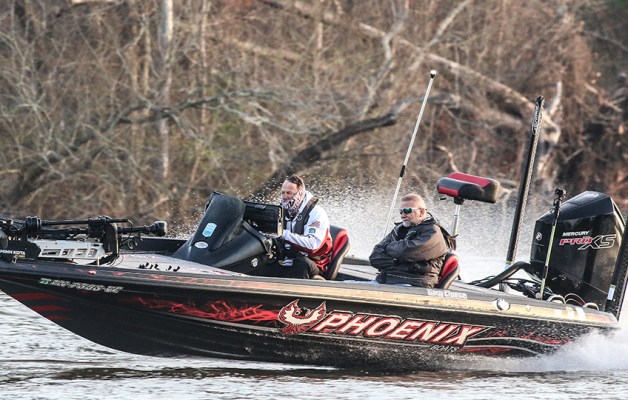When we started designing our new treble hook rod, the first thing I wanted to do was use a new length. Treble hook rods, to me, are rods that you use mostly with hard baits that have two or more hooks on them. The rod we were working on was designed for topwater plugs and hard jerkbaits.
For the most part, these are cadence type lures. You throw your bait and then work it back with some sort of a rhythm. The problem that I had with most of the rods designed for this type of fishing is that they were too long. After a few pulls, the butt of the rod was hitting your belly. That kept you from using your wrist to make the correct lure movement.
So, the first thing I did was recommend a 6-foot, 4-inch model. That’s an unusual length. I know that. But the thing about that unusual length is that it lets you work the lure with your wrist without ever touching your belly.
Besides, even though this is a shorter rod, it fishes like a longer rod. We moved the handle around a little bit so it’ll feel like it’s 7 feet long. I’d like to take the credit for that but, in truth, the engineers at Abu Garcia are the ones who worked on that and finally figured out what to do.
The next thing we wanted was a parabolic bend with a slow tip. Not only does an action like that help you set up a cadence but it’s also more forgiving than a stiffer rod with a faster tip. Slow lets the fish get the bait before you can set the hook.
Please pay attention here because I’m going to let you in on a secret. All of us, pros and recreational anglers alike, have a tendency to set the hook too fast, especially with topwater lures. You can’t help it. There’s a splash, you see part of the fish and then you jerk. A slow action takes away the speed of your hookset.
We used fiberglass and other materials for the blank. I know that some of you might think that fiberglass is old school, and it is, but that doesn’t mean it isn’t a great material for some applications. One of those applications is when you want easy flex in your rod.
While all this length and action stuff was going on, there were guys at the plant working on getting just the right guides for this rod, and there were other guys working on the graphic design of the rod.
When all was said and done we had a rod that performed well, and looked great.
The final phase of our project was on the water testing for durability. That has my name on it. No one else does that, or has a part in it. You see, there’s one thing you should know. There’s nothing put together by man that Ike can’t get apart — the hard way. I’ve proved that more than once. Our rod passed with flying colors.
We followed the same procedure with every one of the 15 rods we’re going to introduce. Making tackle isn’t all fun and games. Sometimes it’s hard work. In the end, however, it’s worth it.
Mike Iaconelli’s column appears weekly on Bassmaster.com. You can also find him on Facebook and Twitter or visit his website, MikeIaconelli.com.





